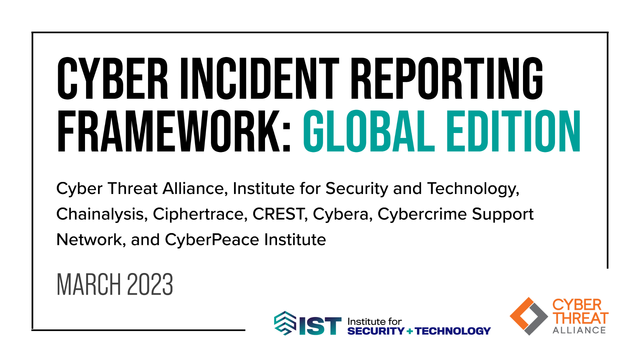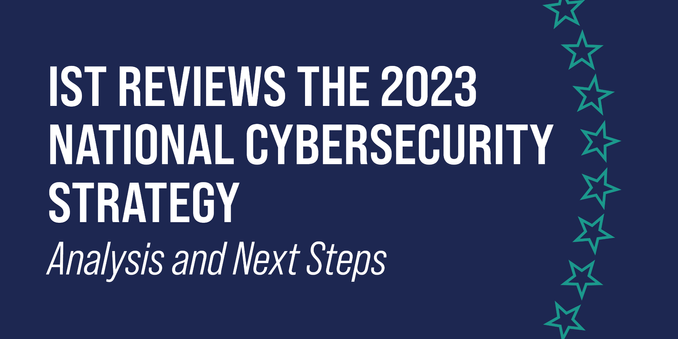In our latest report, we overlay actual #ransomware threat actor behavior on our original, theoretical map of the ransomware payment ecosystem. This “mini-pilot” takes four threat actor case studies and traces their path, identifying the tools, services, and entities that they leveraged as they prepare for and carry out attacks.
The mini-pilot produced a fifth, composite map that aggregates the findings from all four case studies to render overall conclusions about the map’s counter-ransomware applications.
“This mini-pilot indicates that there may be a range of opportunities to add friction for all entities depicted in the ransomware payment ecosystem map, and that disrupting this ecosystem requires not just a multistakeholder approach but a strategic one. By centering threat actor behavior, it may be possible not only to disrupt the ecosystem, but to predict where these actors will move as the ecosystem tightens its grip on illicit activity,” writes report author Zoë Brammer.
Read Mapping Threat Actor Behavior in the Ransomware Payment Ecosystem: A Mini-Pilot:
Mapping Threat Actor Behavior in the Ransomware Payment Ecosystem: A Mini-Pilot - Institute for Security and Technology
The mini-pilot overlays actual threat actor behavior on the original ransomware payment ecosystem map. It seeks to identify which kinds of disruption could be the most effective and where to apply them in the payment process.


